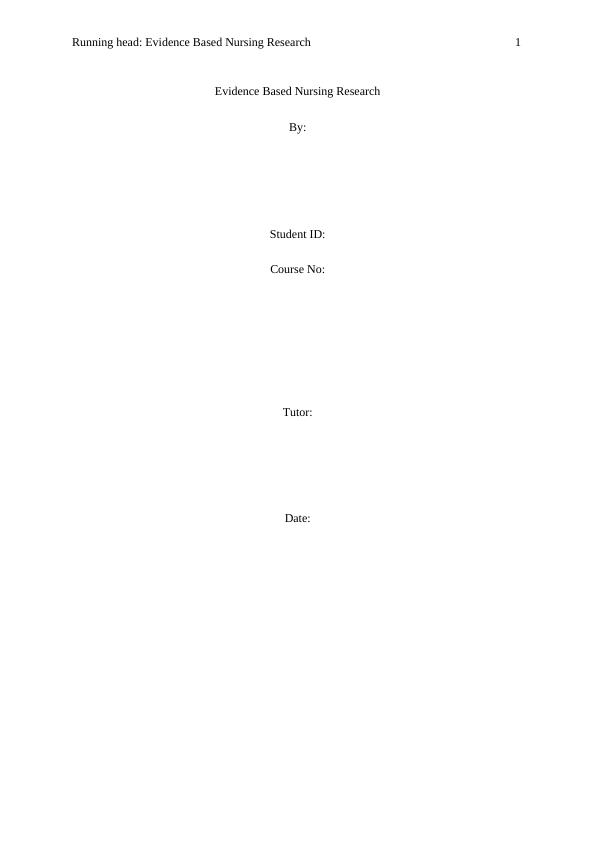Critique of a Quantitative Study on Mobile App Intervention for Physical Activity and Sleep Health
This assignment is for the course Evidence Based Health Care at Western Sydney University. It requires students to report a randomised trial using the CONSORT 2010 checklist.
12 Pages3236 Words435 Views
Added on 2023-06-03
About This Document
This paper critiques a quantitative study on the effectiveness of a mobile app intervention in enhancing physical activity and sleep health among adults. The study design, sample size, randomization, statistical methods, and outcomes are analyzed using the CONSORT 2010 checklist. The study meets the quality standards of reporting in public healthcare and provides additional knowledge in the prevention and treatment of chronic diseases.
Critique of a Quantitative Study on Mobile App Intervention for Physical Activity and Sleep Health
This assignment is for the course Evidence Based Health Care at Western Sydney University. It requires students to report a randomised trial using the CONSORT 2010 checklist.
Added on 2023-06-03
ShareRelated Documents
End of preview
Want to access all the pages? Upload your documents or become a member.
Critique of m-health intervention to improve sleep quality and physical activity in adults
|11
|3264
|265
Mediterranean Diet for Effective Management of Diabetes: A Literature Review
|12
|2876
|466
Evidence Based Care For Breast Cancer Patients Assignment 2022
|11
|3381
|17
Critical Review of Glucosamine and Chondroitin for Knee Osteoarthritis
|5
|1033
|127
Self‐weighing and simple dietary advice for overweight and obese pregnant
|5
|854
|41
Effectiveness of Lifestyle Modifications in Type 2 Diabetes Management
|12
|2718
|155




